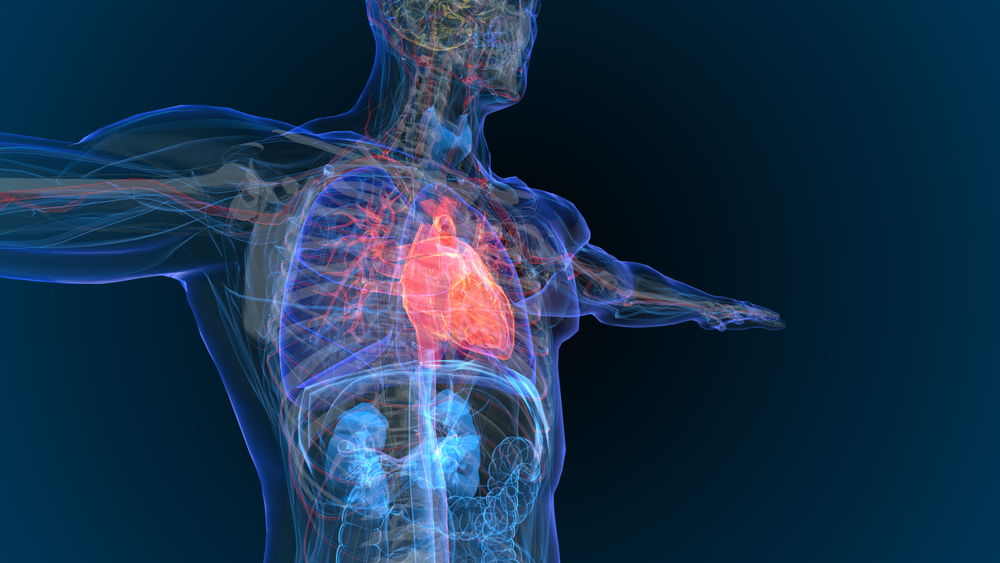Asymptomatic proximal deep vein thrombosis (DVT) is still useful as a clinically relevant endpoint, results from a new study in the Journal of the American Heart Association suggests.
“Asymptomatic proximal DVT is an end point frequently used to evaluate the efficacy of anticoagulant thromboprophylaxis in medical patients,” the authors wrote. “Recently, the clinical relevance of asymptomatic DVT has been challenged.”
The researchers sought to evaluate the relationship between asymptomatic proximal DVT and all-cause mortality. The study included more than 7,000 acutely ill patients from the sample of a randomized clinical trial (MAGELLAN study) for the prevention of venous thromboembolism (VTE). They used Cox proportional hazards modeling to compare incidences of all-cause mortality.
According to the study results, 6,776 of the patients had no VTE, 236 had asymptomatic DVT, and 24 had symptomatic VTE. In patients without VTE, the rate of all-cause mortality was 4.8%. The mortality rate for asymptomatic DVT was 11.4% (HR=2.31; 95% CI, 1.52 to 3.51) and 29.2%; HR= 9.42; 95% CI, 4.18 to 21.20; P<0.0001 for both groups). Both asymptomatic DVT and symptomatic VTE were independently associated with significant increases in all-cause mortality.
The authors cited the post-hoc design of the study, and the lack of access to ultrasound results for all patients as study limitations.
“Among patients hospitalized with acute medical illness, those with asymptomatic proximal DVT have a greater than two‐fold increase in mortality compared with patients without VTE,” the authors said. “Asymptomatic proximal DVT is an indicator of clinically important venous thromboembolic disease and remains a useful outcome for evaluating the efficacy of thromboprophylaxis in patients with acute medical illness.”
DocWire News has previously interviewed one of the authors of this paper, Dr. Alex Spyropoulos, about a variety of VTE-related topics. Watch the two-part interview here (part 1) and here (part 2).
Credit: Original article published here.










